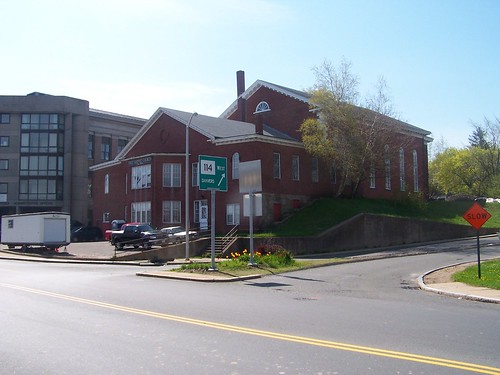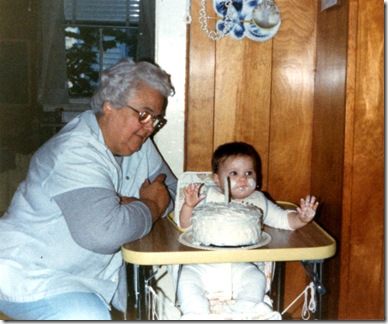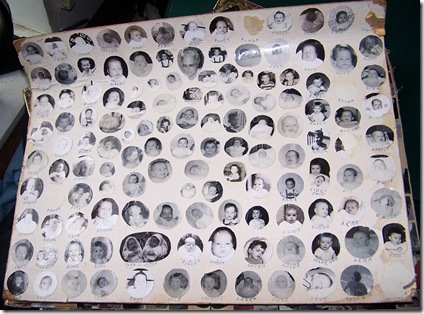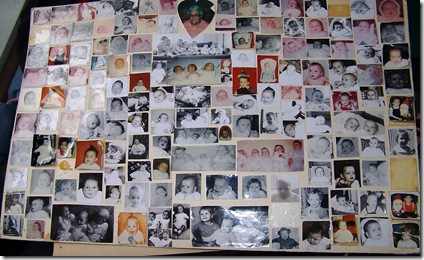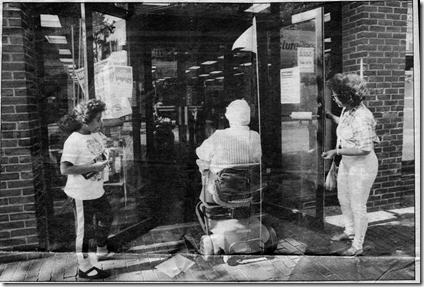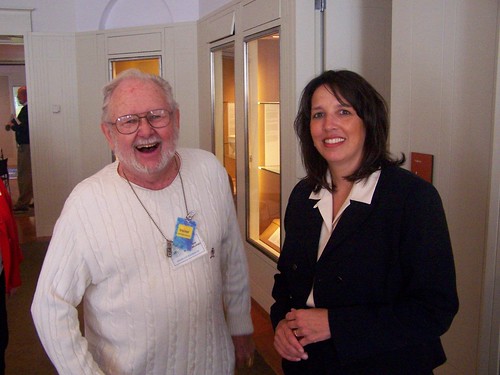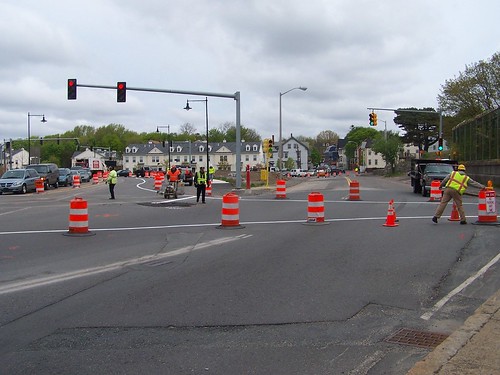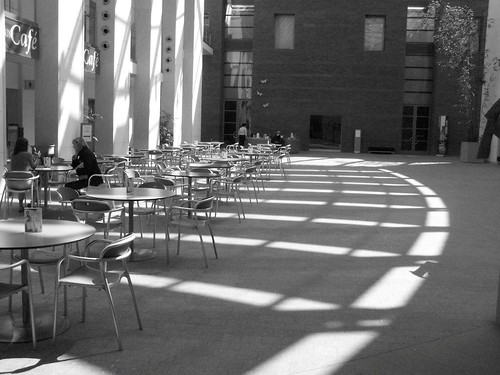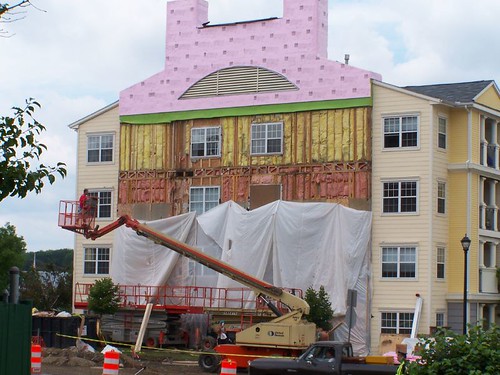
One building at the Jefferson apartment complex on Bridge St. being re-sided.
Imagine this: A developer comes in and proposes their new luxury apartment complex. It'll be full, they say, of "cool, dynamic, up-and-coming people." It'll have granite countertops, the best appliances, a home theatre, a "business center" for busy executives and etc.
The project is permitted and built, people move in, and in the meantime the complex owner sells their buildings to another party.
Then something bad happens.
That happened yesterday in Peabody, when Building #8 at The Highlands at Dearborn burned down.
Quoting from the News ("Tony Complex Has Troubled History"):
PEABODY — Fairfield Residential, a Texas-based developer, bought the land to build a sprawling apartment complex overlooking Route 128 and Interstate 95 in 2004.
Roughly a year later, the city issued Fairfield its first building permit in connection with a planned 446-unit development. As part of its deal with the city, Fairfield agreed to pay Peabody $1.1 million in lieu of renting 65 of its apartments at rates below market value and considered "affordable" in the eyes of the state.
Ownership of the development changed hands last September when Fairfield Residential sold it to the Denver-based Simpson Property Group for $124.6 million. Simpson changed the development's name to The Highlands at Dearborn.
That's almost exactly how it played out at one development in Salem. As you may recall, if you're a regular reader, the Usovicz administration sought out a developer for the old Parker Brothers property, and in 1999, chose JPI, a Texas-based developer, to build luxury apartments on the site, on Bridge St., straddling the bypass road. It's now known as the Jefferson at Salem Station.
A few years ago, JPI sold the Jefferson to Lincoln Properties. Like the Highlands, the Jefferson has luxury accouterments:
- Clubhouse facility with Great Room and Coffee Bar
- Resort-style Swimming Pool and Spa with surrounding BBQ grills
- Minutes away from Route 95, 128, 114 and 1.
- Media room with plush theater seating and Surround Sound
- State-of-the-Art, 24-hour Fitness Facility with Cardio, Aerobic and Strength Training Centers
- 24-Hour Business and Conference Facility with Computers and High-Speed Internet Access
- Jogging Trail with Water Viewing Platforms
- Steps Away from the Salem MBTA Train Station
But like the Highlands, the Jefferson has had its problems. Shortly after construction, one building on the Howard St. side sunk into the ground. As you can see from the picture on top of the blog post, another building had to be re-sided. Twice.
JPI perhaps saw the top of the market when they sold the Jefferson; So too did Fairfield.
Unfortunately, and bitterly, for residents at the Fairfield, problems remained. This "problem" left 700 residents homeless, and those in Building #8 wiped out.
According to Peabody Fire Marshal Stephen Coan, the Highlands was built to code. That only means it passed inspection.
Not that it was well built.
The high speed and quick spread of that blaze makes me wonder what corners were cut in that building to make the numbers work for Fairfield.
One expects this kind of thing to happen to tenements or housing projects for the poor (you know, "them") but these are "luxury" apartments for the (say it again!) "cool, hip, affluent, up-and-coming people."
What will happen on a summer evening when the bypass road is choked with traffic and someone in building #6 fires up his grill too close to the siding and lights the building on fire?
Or a wiring problem in the dead of winter at 3 AM, unnoticed by anyone until the fire's already fully involved?
Peabody City Councilor Jim Liacos spoke out against the Highlands because it was too dense. That's not the problem. There are numerous apartment complexes across Salem, including my own, that have weathered the years without incident.
But they were built to last.
The Jefferson and the Highlands were built for quick profits.
Someone forgot to tell that to the 700 residents of the Highlands yesterday. One hopes the Jefferson's residents won't have to experience what happened in Peabody yesterday.
UPDATE: My scenario of a BBQ grill causing a fire at the Jefferson was much too close to the truth: The fire at the Highlands was caused by a lit cigarette igniting some mulch.
Fire Chief Steve Pasdon said last night that a joint investigation by city and state officials "determined the cause of the fire to be the careless disposal of smoking material in the mulch, a cigarette butt." He called the blaze an accident.
Pasdon said the fire ignited in the mulch next to Building 8 of the Highlands at Dearborn apartment complex near Route 1. It then traveled up the side of the building and apparently hit a natural gas line, intensifying the blaze. Building 8 was destroyed.
